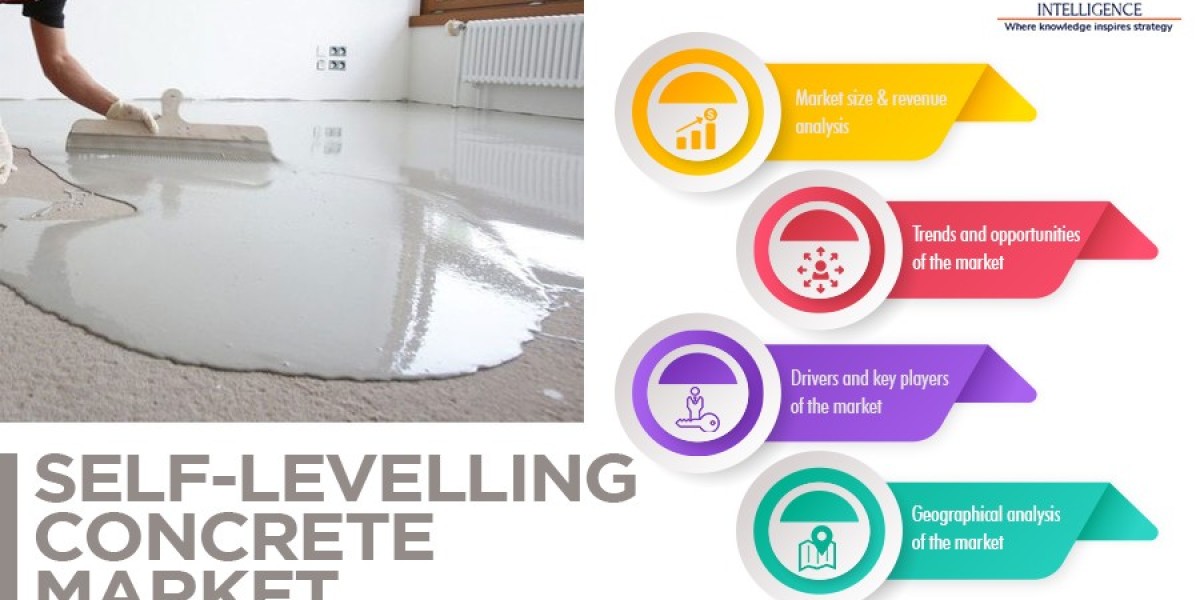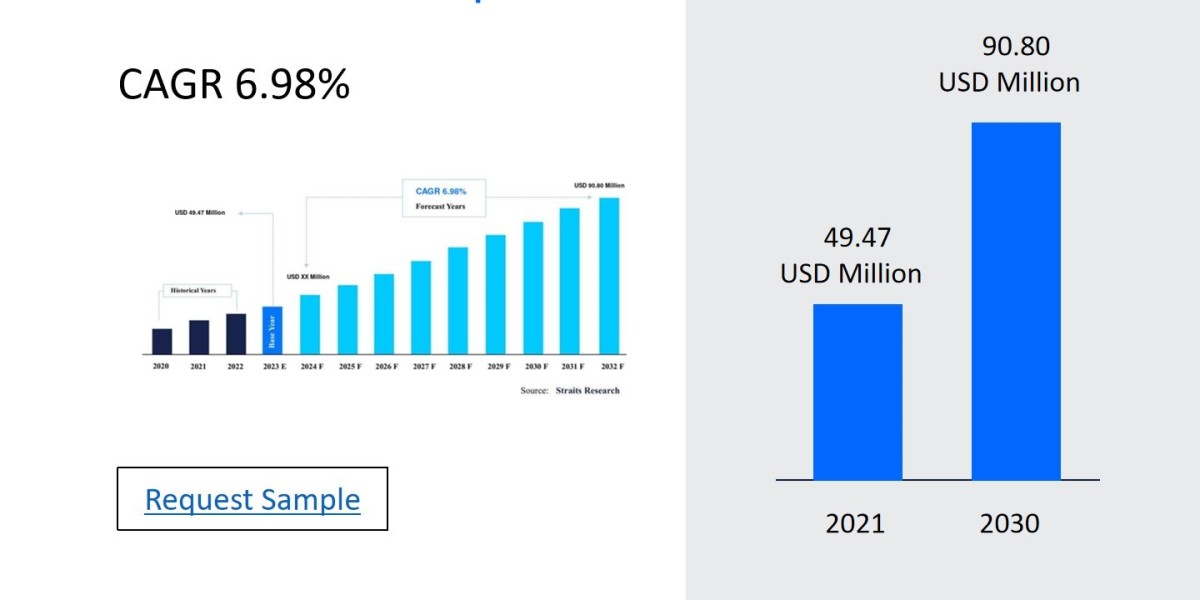Self-Levelling Concrete Market or self-levelling compound is used in industrial and commercial constructions to smoothen and level out the entire floor area. It is a mixture of water and powder that has exclusive flow viscosity, which enables the compound to spread on its own on the floor before setting. In recent years, the use of such products has increased due to the surging need to renovate and repair hospitals, offices, malls, apartments, and schools, owing to the escalating need to offer aesthetically enhanced infrastructure.
Moreover, the expanding construction industry, owing to the mounting focus of governments on improving infrastructure and providing housing.
Additionally, the accelerating industrialization rate, especially in developing countries, such as India, China, and Brazil, will also create an extensive requirement for self-levelling concrete. Prominent manufacturers of the automotive, electronics, aerospace and defense, and personal care products are shifting their production base from developed nations to emerging economies, due to the flexible environmental laws, favorable industrial laws, and abundant availability of raw materials and cheap labor in those countries. Moreover, the presence of a vast consumer base in such countries is also facilitating the construction of manufacturing facilities there.
The type segment of the self-levelling concrete market is bifurcated into toppings and underlayment. Under this segment, the underlayment category accounted for the larger market share in 2017, as underlayment self-levelling concrete helps in minimizing imperfections and irregularities. These are extensively used in the levelling of concrete subfloors in the interiors of commercial and residential structures. Thus, the increasing construction of residential and commercial buildings to accommodate the booming population will augment the growth of this category.
At present, the requirement for self-levelling concrete in the commercial and residential sectors is being met by Arkema Group, LafargeHolcim Group, CTS Cement Manufacturing Corporation, Saint-Gobain S.A., ACG Materials, Duraamen Engineered Products Inc., Durabond Products Ltd., Durex Covering Inc., The QUIKRETE Companies, and ARDEX Group. These companies are consistently focusing on research and development (R&D) activities to develop innovative concrete and flooring materials. In comparison to the traditional concrete materials, self-levelling compounds consume lesser water, have higher tensile strength, are more durable, and do not require experts for handling.
According to P&S Intelligence, the Asia-Pacific self-levelling concrete market is expected to demonstrate the fastest growth during the forecast period, owing to the increasing construction activities in China and India. The expanding construction sector in these nations can be attributed to the surging number of infrastructure development projects and mounting investments being made in the sector. For instance, the Indian government allocated INR 111 lakh crore ($1.4 trillion) under the National Infrastructure Pipeline (NIP) for the financial year 2019–2025.
Therefore, the rising construction activities and escalating industrialization rate in emerging economies are expected to enhance the consumption of self-levelling concrete.
Source: P&S Intelligence



